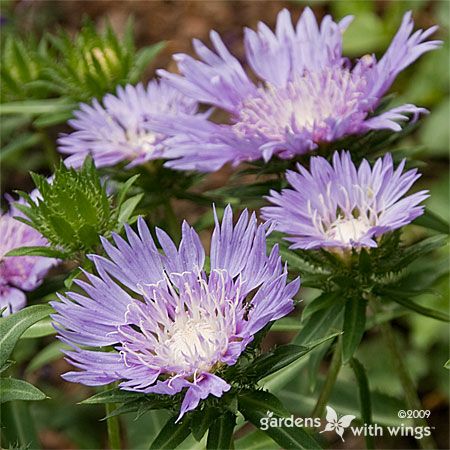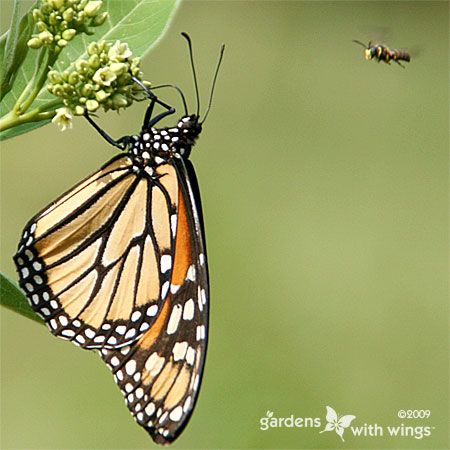by Regina Cutter Edwards – Entomologist
Many times the importance of pollination goes unnoticed, but it should not be something that gets overlooked. The entire ecosystem depends upon pollination and we must contribute to it – the future of our food depends upon it. People face many environmental issues today so it is not surprising to hear that only two years ago, the US Senate passed a resolution that designated a week for pollinators, thanks to the North American Pollinator Protection Campaign (NAPPC).
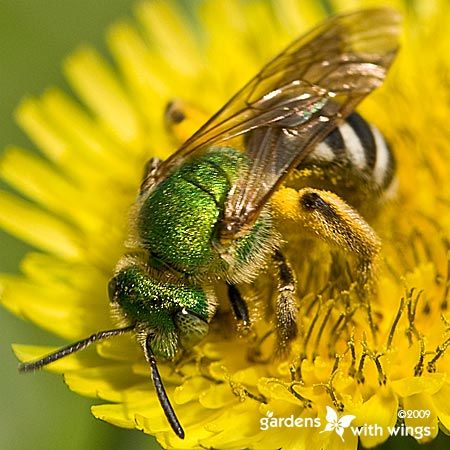
In 2009, June 22 – June 28 is “National Pollinator Week.” It is important for all people in our society to take a few minutes out of the week to learn about pollination and how pollinators work for us. We need them, and to some degree, they need us.
What is Pollination?
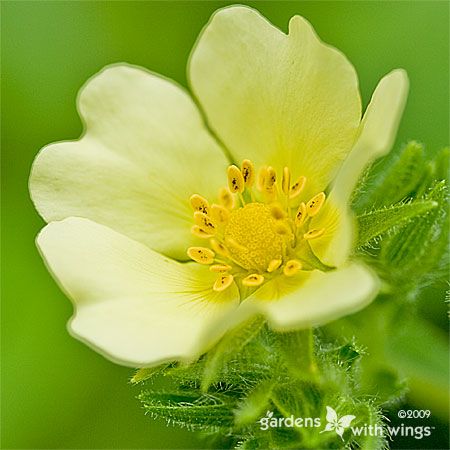
Pollination is the process of pollen being transferred from the male part of a flower called an anther to the female part of a flower called a stigma. Animals, birds, and insects that carry the pollen between flowers are called pollinators. Pollination is essential to the survival of plants because it is part of their reproductive process. It is equally important for people because without pollination we would not have vegetables and fruits to eat.
Pollinators
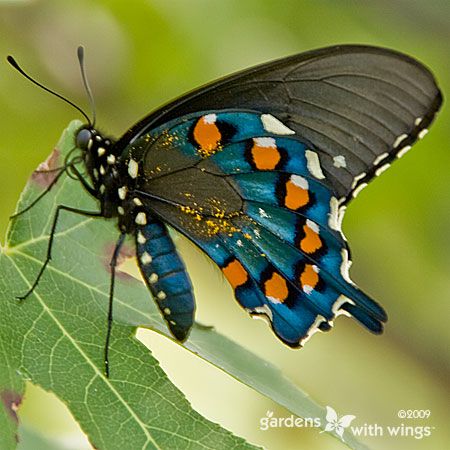
The most well-known pollinators are bees. They have specialized structures on their bodies that collect pollen and through flight they carry the pollen to the next plant. The second most productive pollinators are butterflies. Although they visit flowers often, they lack the specialized pollen carrying structures and the pollen doesn’t stick to their bodies as well as it does to bees. Bats, birds, moths, beetles, and other insects also play an important role in pollination.
Pollination Management
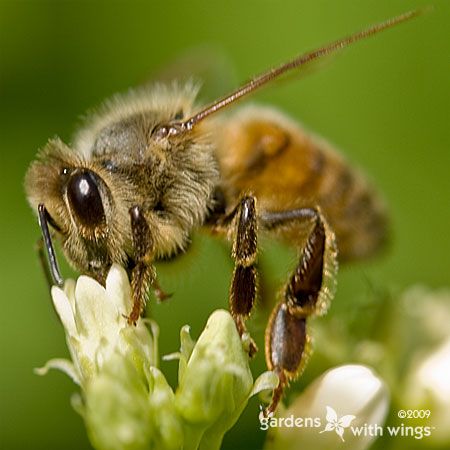
Farmers and ranchers manage the water and soil requirements as well as unwanted pests that affect their crops. But, not until recently, have they managed pollination. Fifty years ago bees and other animals or insects just naturally did their jobs. Plants were pollinated and farmers would have fruit. Today, our fields are much larger and our pollinator populations have decreased. For farmers to get good crop yields, they must manage the pollination that has to occur. It is not uncommon for growers to ship in large numbers of bee hives during blooming season to get their fields pollinated. There is research estimating the number of bees and hives required to successfully pollinate an acre of crops. These numbers vary on the crop being produced. The Mid-Atlantic Regional Fruit Loop gives an example of pollination management.
At Home, What Can We Do?
We need to support pollinators by planting native gardens and plants that attract animals, birds, and insects, including bees and butterflies. This will provide food, shelter areas, and a safe habitat for them. We can also use fewer pesticides in our gardens and on our lawns. Many of these chemicals not only get rid of unwanted pests, but also decrease the populations of beneficial insects such as pollinators. The NAPPC has some great suggestions, Pollinator Friendly Practices, for making your gardens more environmentally friendly.
We also need to educate ourselves and others about the importance of pollinators in our natural environment as well as our gardens. Pollination is a naturally occurring part of the ecosystem and without it plants cannot flourish and animals will go hungry. Pollinator Partnership provides additional resources for pollination. We have a great opportunity and a responsibility to give back as much as we take from nature. Remember, June 22-28 is “National Pollinator Week”. Spread the word, plant gardens, and support the pollinators!
You May Also Be Interested In:
- Nectar Plants to Attract Butterflies
- More about Gardens
